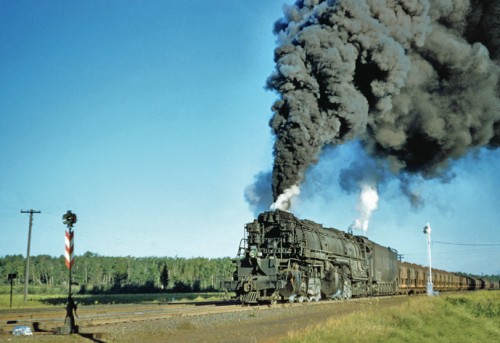I used to have more time to myself, so it was perfectly acceptable for me to spend an extra day traveling simply because I wanted to ride an Amtrak train for seventeen hours rather than simplify things by taking a three-hour airplane trip to the same destination. The inconvenience was worth it for reasons I’ve never really been able to explain. While the ugly and cramped Amtrak cars weren’t much different from the airplane cabins I was forgoing, there was something I was trying to find from riding trains. I wasn’t trying to make friends, I wasn’t seeing any specific sites, and the amenities certainly didn’t draw me in, yet there was always something that drew me to the train station opposed to the airport.
In the second part of a two-part essay on train travel, Tony Judt wrote that, “We no longer see the modern world through the image of the train, but we continue to live in the world the trains made.” Posthumously published, Judt lamented the decline of railways, but also held out hope for a future where trains once again play an important role in the everyday operation of the world as we know it. Judt’s was one of many pieces on trains that continue to this day, a list that includes Adam Davidson’s piece for New York Times Magazine that uses the Amtrak line from New York to Washington, D.C. to help get a better understanding of America circa now, and Aaron Lake Smith’s “Death of the American Hobo” piece for Vice; two pieces published within the last two months. People have written dozens of songs about trains from Johnny Cash’s “Folsom Prison” to the Count Bishops “Train Train” (covered by Billy Bragg on the 1986 album Talking with the Taxman about Poetry), and trains were once the epitome of glamour from the red carpet treatment of the 20th Century Limited line to arriving in the grand palace of travel that was the original Penn Station. Judt was correct saying that we don’t see the modern world when we talk of trains, but we can see it from a train’s window, and it isn’t always pretty.
Minnesota Railroads (University of Minnesota Press) is the latest addition to the long list of works on trains. Steve Glischinski has been taking photos of trains since the 1970s, and in Minnesota Railroads, he combines his own work with various shots showing trains, the people who ran them, and the places they stopped in the North Star State. In the introduction, Glischinski talks of his introduction to train photography in the dying days of the great railroads, mentioning that he “hadn’t been around for steam,” and goes on to mention how his home state was once a center for railroad activity before he was born. The photos in the book span from 1940 to the present day, and serve as a reminder of how magnificent trains once were, and how important they continue to be.
Reading through Minnesota Railroads and the other pieces mentioned got me thinking about something I’ve thought about a few times in the past, and that’s what an impact railroads have had on some of the great songwriters of our time. I mentioned the Count Bishops and Johnny Cash tributes to locomotives, but the list of artists who have written or included songs about railroads into their repertoires is incredibly long. So long, that I could think of a handful off the top of my head, then had to consult the internet to remind me of staples like “Midnight Train to Georgia.” Some of the songs are about subway trains, others about freight trains. Some of the songs are about the trains carrying the narrator to see a lover, others, like Steve Reich’s powerful Different Train three-piece movement, deal with weightier issues. Keeping that in mind,, I put together this playlist of some of my favorite train songs that includes all the ones mentioned and others.
Follow Vol. 1 Brooklyn on Twitter, Facebook, Google + and our Tumblr.

